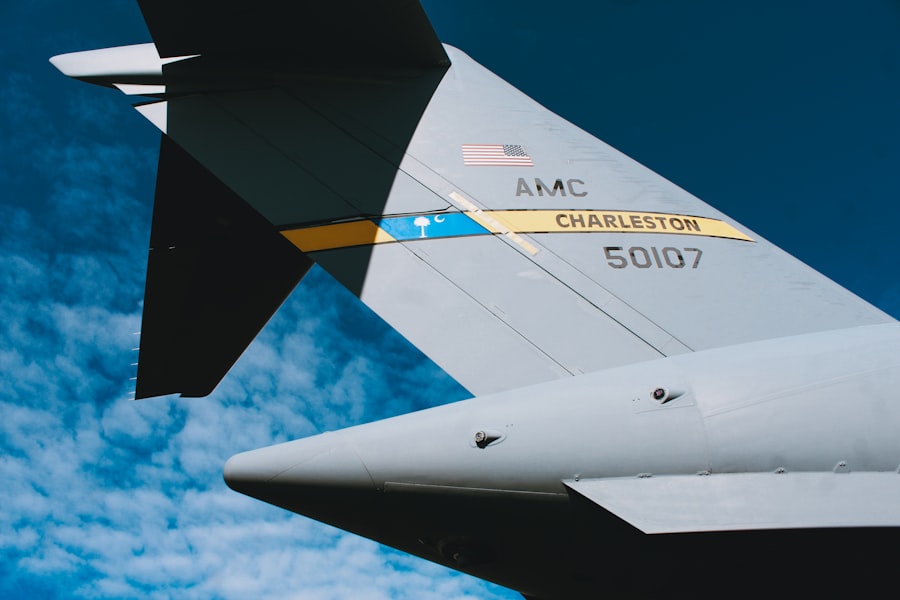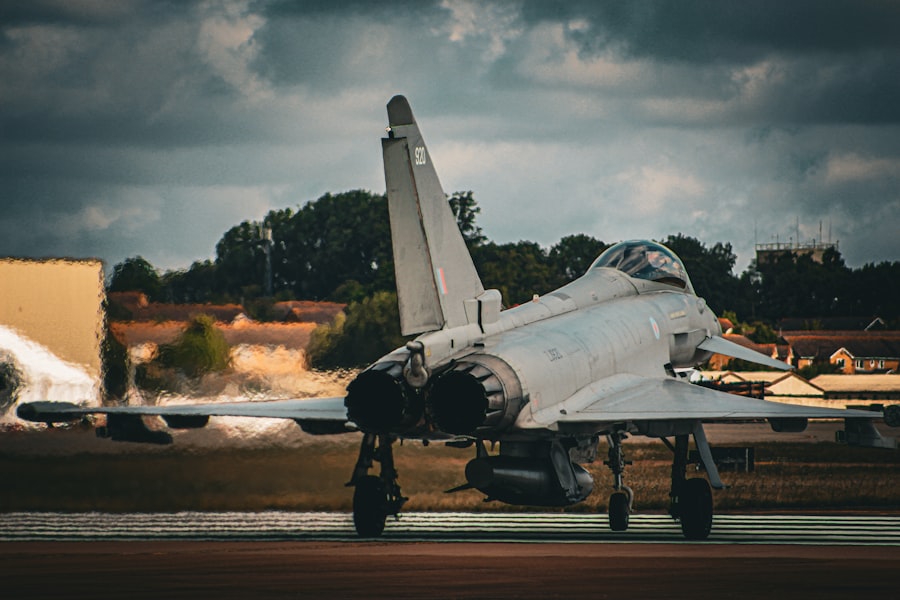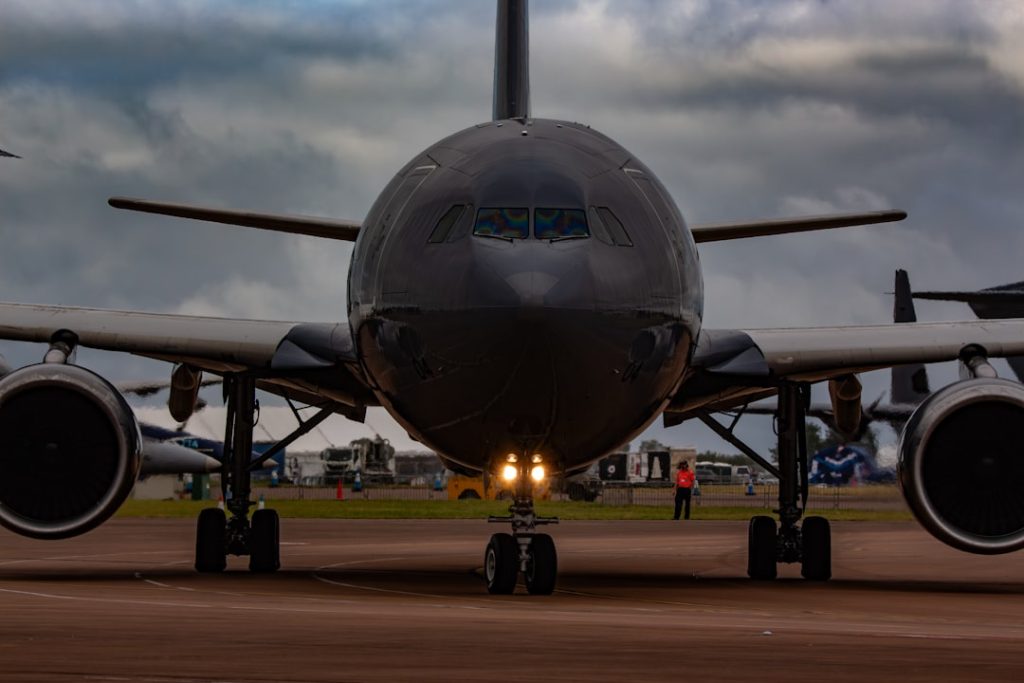The aerospace and defence industry is a multifaceted sector that encompasses the design, development, production, and maintenance of aircraft, spacecraft, and defence systems. This industry plays a pivotal role in national security, transportation, and technological advancement. It is characterized by its high level of complexity and the integration of various engineering disciplines, including mechanical, electrical, and software engineering.
The aerospace segment focuses on commercial aviation, space exploration, and satellite technology, while the defence segment is concerned with military aircraft, naval vessels, and ground-based systems designed for national security. The significance of this industry extends beyond mere transportation and military applications; it is a cornerstone of modern economies. The aerospace and defence sector not only provides jobs for millions but also drives innovation in materials science, robotics, and artificial intelligence.
As nations strive to enhance their capabilities in both civilian and military domains, the aerospace and defence industry continues to evolve, adapting to new challenges and opportunities presented by globalization, technological advancements, and shifting geopolitical landscapes.
Key Takeaways
- The aerospace and defence industry encompasses the development, production, and maintenance of military and civilian aircraft, spacecraft, and related systems and equipment.
- The industry has a rich history dating back to the early 20th century, with significant advancements in technology and innovation driving its evolution.
- Key players in the aerospace and defence industry include Boeing, Lockheed Martin, Airbus, Northrop Grumman, and Raytheon, among others.
- Technological advancements such as unmanned aerial vehicles (UAVs), hypersonic weapons, and advanced materials are shaping the future of the industry.
- Global market trends and challenges in the aerospace and defence industry include increasing competition, geopolitical tensions, and the need for sustainable and environmentally friendly solutions.
History and Evolution of Aerospace and Defence Industry
The roots of the aerospace and defence industry can be traced back to the early 20th century when the Wright brothers achieved powered flight in 1903. This groundbreaking event marked the beginning of a new era in transportation and military strategy. During World War I, aviation technology advanced rapidly as nations recognized the strategic advantages of aerial reconnaissance and combat.
The interwar period saw the establishment of commercial aviation, with airlines beginning to emerge as a viable business model. World War II was a significant turning point for the aerospace and defence industry. The conflict spurred unprecedented advancements in aircraft design, propulsion systems, and radar technology.
The introduction of jet engines revolutionized air travel and military aviation, leading to faster and more efficient aircraft. Post-war, the Cold War era further accelerated developments in aerospace technology as nations invested heavily in both civilian space exploration and military capabilities. The establishment of NASA in 1958 marked a significant milestone in space exploration, culminating in landmark achievements such as the Apollo moon landing in 1969.
Key Players and Major Companies in the Aerospace and Defence Industry

The aerospace and defence industry is dominated by several key players that have established themselves as leaders through innovation, strategic partnerships, and extensive research and development efforts. Companies such as Boeing, Lockheed Martin, Airbus, Northrop Grumman, and Raytheon are at the forefront of this sector. Boeing, for instance, is renowned for its commercial aircraft production while also being a significant player in military aviation through its defense division.
Lockheed Martin is particularly noted for its advanced fighter jets like the F-35 Lightning II, which represents a leap forward in stealth technology. In addition to these giants, there are numerous smaller firms that specialize in niche areas such as unmanned aerial vehicles (UAVs), satellite technology, and cybersecurity solutions for defence applications. Companies like General Atomics have made significant strides in UAV technology with their Predator drones, which have transformed modern warfare by providing real-time surveillance capabilities.
Furthermore, international collaborations have become increasingly common; for example, the Airbus A400M military transport aircraft is a product of cooperation among several European nations.
Technological Advancements and Innovations in Aerospace and Defence
| Technological Advancements | Innovations in Aerospace and Defence |
|---|---|
| 1. Stealth Technology | Development of aircraft and vehicles with reduced radar and thermal visibility |
| 2. Unmanned Aerial Vehicles (UAVs) | Use of drones for surveillance, reconnaissance, and combat missions |
| 3. Hypersonic Weapons | High-speed missiles and aircraft capable of traveling at Mach 5 or higher |
| 4. Advanced Materials | Development of lightweight and durable materials for aircraft and defense systems |
| 5. Cybersecurity | Protection of critical infrastructure and communication systems from cyber threats |
Technological advancements are at the heart of the aerospace and defence industry, driving improvements in efficiency, safety, and performance. One of the most significant innovations has been the development of composite materials that reduce weight while maintaining structural integrity. These materials are now widely used in aircraft manufacturing to enhance fuel efficiency and reduce operational costs.
For instance, the Boeing 787 Dreamliner utilizes advanced composites extensively, resulting in a lighter aircraft that consumes less fuel compared to traditional aluminum structures. Moreover, advancements in avionics have transformed how aircraft operate. Modern aircraft are equipped with sophisticated navigation systems that utilize satellite technology for precise positioning.
The integration of artificial intelligence (AI) into flight systems is also gaining traction; AI can assist pilots with decision-making processes during complex flight scenarios or even automate certain functions to enhance safety. In the realm of defence, innovations such as hypersonic weapons are being developed to outpace traditional missile defense systems, presenting new challenges for national security.
Global Market Trends and Challenges in the Aerospace and Defence Industry
The global aerospace and defence market is influenced by various trends that shape its trajectory. One notable trend is the increasing demand for commercial air travel driven by a growing middle class in emerging economies. According to the International Air Transport Association (IATA), global passenger numbers are expected to double over the next two decades, prompting airlines to invest in new aircraft to meet this demand.
This growth presents opportunities for manufacturers but also challenges related to environmental sustainability as pressure mounts to reduce carbon emissions from aviation. On the defence side, geopolitical tensions have led to increased military spending in several regions. Countries are modernizing their armed forces to address emerging threats such as cyber warfare and terrorism.
However, this trend also brings challenges related to budget constraints and procurement processes that can delay the acquisition of new technologies. Additionally, supply chain disruptions caused by global events like the COVID-19 pandemic have highlighted vulnerabilities within the industry, necessitating a reevaluation of sourcing strategies to ensure resilience.
Economic Impact and Contribution of Aerospace and Defence Industry

The aerospace and defence industry significantly contributes to global economies through job creation, technological innovation, and export revenues. In the United States alone, the aerospace sector supports over 2 million jobs directly and indirectly through its supply chain. These jobs range from highly skilled engineering positions to manufacturing roles that require specialized training.
The industry’s contribution extends beyond employment; it also stimulates growth in related sectors such as materials science, electronics, and information technology. Moreover, the aerospace and defence industry is a major driver of exports for many countries. For instance, Boeing’s commercial aircraft sales contribute substantially to U.S.
trade balances. Similarly, European companies like Airbus play a crucial role in their respective economies by exporting aircraft worldwide. The economic impact is not limited to direct sales; investments in research and development foster innovation that can lead to breakthroughs applicable across various industries, enhancing overall economic productivity.
Regulatory and Policy Framework in the Aerospace and Defence Industry
The aerospace and defence industry operates within a complex regulatory environment that ensures safety, security, and compliance with international standards. Regulatory bodies such as the Federal Aviation Administration (FAA) in the United States and the European Union Aviation Safety Agency (EASA) oversee civil aviation safety standards. These organizations establish guidelines for aircraft design, manufacturing processes, maintenance protocols, and pilot training to ensure public safety.
In the defence sector, regulations are often more stringent due to national security concerns. Governments impose export controls on military technologies to prevent sensitive information from falling into the wrong hands. The International Traffic in Arms Regulations (ITAR) in the U.S., for example, governs the export of defense-related articles and services.
Compliance with these regulations is critical for companies operating in this space; failure to adhere can result in severe penalties or loss of business opportunities.
Future Outlook and Opportunities in the Aerospace and Defence Industry
Looking ahead, the aerospace and defence industry is poised for transformative changes driven by technological advancements and evolving market demands. One area ripe for growth is urban air mobility (UAM), which envisions a future where electric vertical takeoff and landing (eVTOL) aircraft provide on-demand transportation within urban environments. Companies like Joby Aviation are already testing prototypes that could revolutionize how people navigate congested cities.
Additionally, advancements in space exploration present exciting opportunities for both commercial enterprises and government agencies. The rise of private space companies such as SpaceX has opened new avenues for satellite deployment, space tourism, and interplanetary exploration. As nations aim to establish a presence on Mars or develop lunar bases, collaboration between public entities and private firms will be essential.
Furthermore, sustainability will play an increasingly critical role in shaping the future of aerospace operations. The industry is under pressure to reduce its carbon footprint through innovations such as sustainable aviation fuels (SAFs) and more efficient propulsion systems. As environmental concerns become more pronounced globally, companies that prioritize sustainability will likely gain a competitive edge.
In summary, the aerospace and defence industry stands at a crossroads where historical legacies meet future possibilities. With its rich history of innovation coupled with emerging technologies poised to redefine air travel and national security paradigms, this sector will continue to be a vital component of global progress for years to come.


